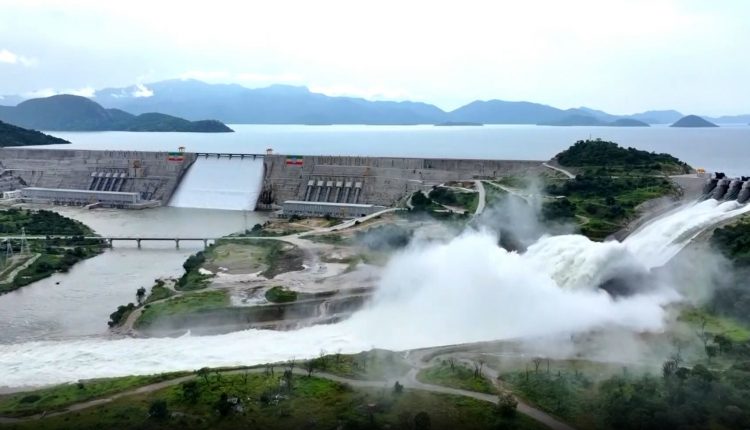GERD and Other Renewable Energy Projects to Boost Ethiopia’s Industrial Growth
Addis Ababa, October 31, 2025 (FMC) – Ethiopia’s Grand Renaissance Dam (GERD), along with other renewable energy projects, is expected to significantly boost the country’s industrial growth and strengthen the competitiveness of its products in international markets, Acting German Ambassador to Ethiopia Ferdinand von Weyhe said.
Speaking to Fana Media Corporation, Ambassador Weyhe highlighted the transformative impact of Ethiopia’s renewable energy initiatives, particularly GERD, on industrial development. As the largest hydropower project ever built in Africa, GERD is poised to double the nation’s clean electricity production, providing a solid foundation for industrial expansion and economic diversification.
“Ethiopia has made remarkable progress in developing renewable energy, including hydropower, wind, geothermal, and solar power,” he said, emphasizing the strategic importance of these initiatives for sustainable growth.
Ambassador Weyhe noted that green energy is crucial for manufacturing industries aiming to produce environmentally friendly products that meet rising European demand. Industries powered by hydropower will be able to offer greener, more competitive products increasingly favored by European consumers and businesses.
“We have observed vast opportunities in Ethiopia’s renewable energy sector. GERD, together with the many other dams under construction, will significantly increase green electricity production. By leveraging hydropower, Ethiopian products will become more competitive in international markets,” he told local news agency ENA.
On Ethiopia’s efforts to secure access to the Red Sea, Ambassador Weyhe highlighted the importance of diversifying maritime routes and strengthening economic partnerships with neighboring countries.
Drawing from European experience, he noted that landlocked nations often collaborate successfully with coastal neighbors to facilitate trade.
“Germany has ports, but not all goods flow through them; some are routed via Belgium or the Netherlands. This demonstrates the value of diversifying sea access and fostering regional cooperation to improve logistics and trade,” he added.

